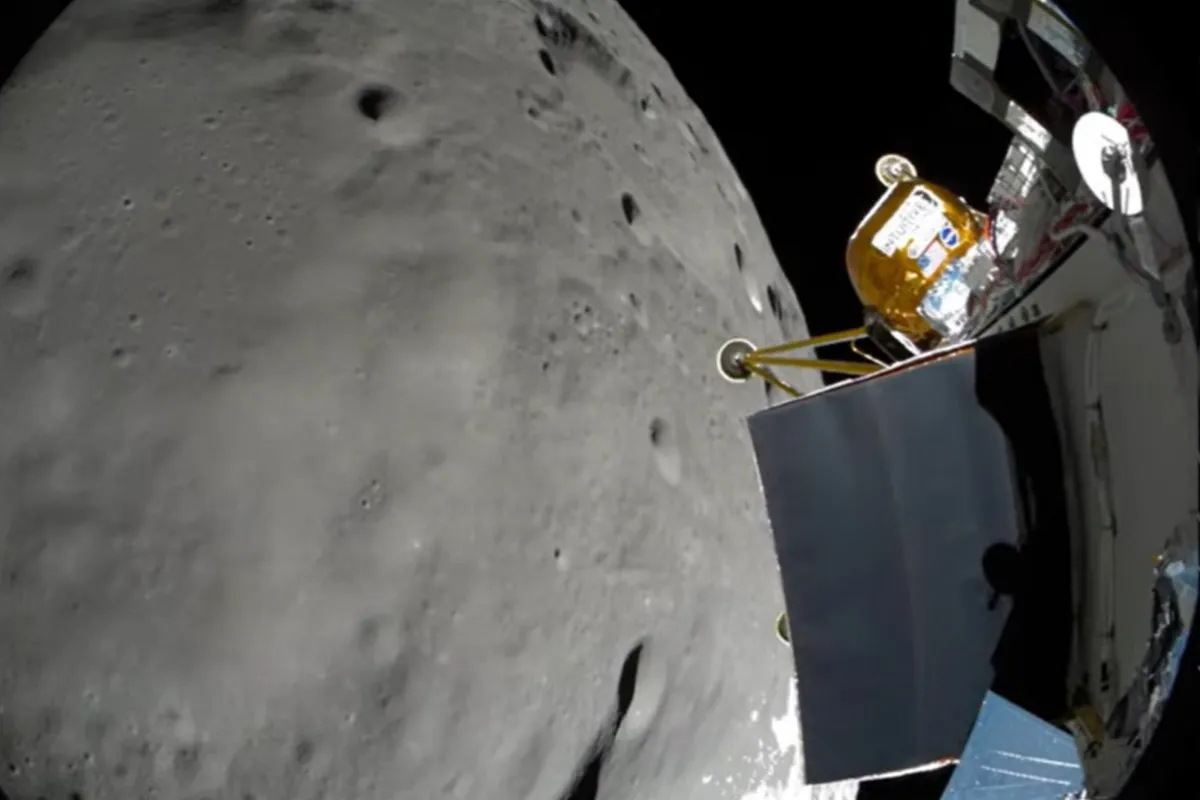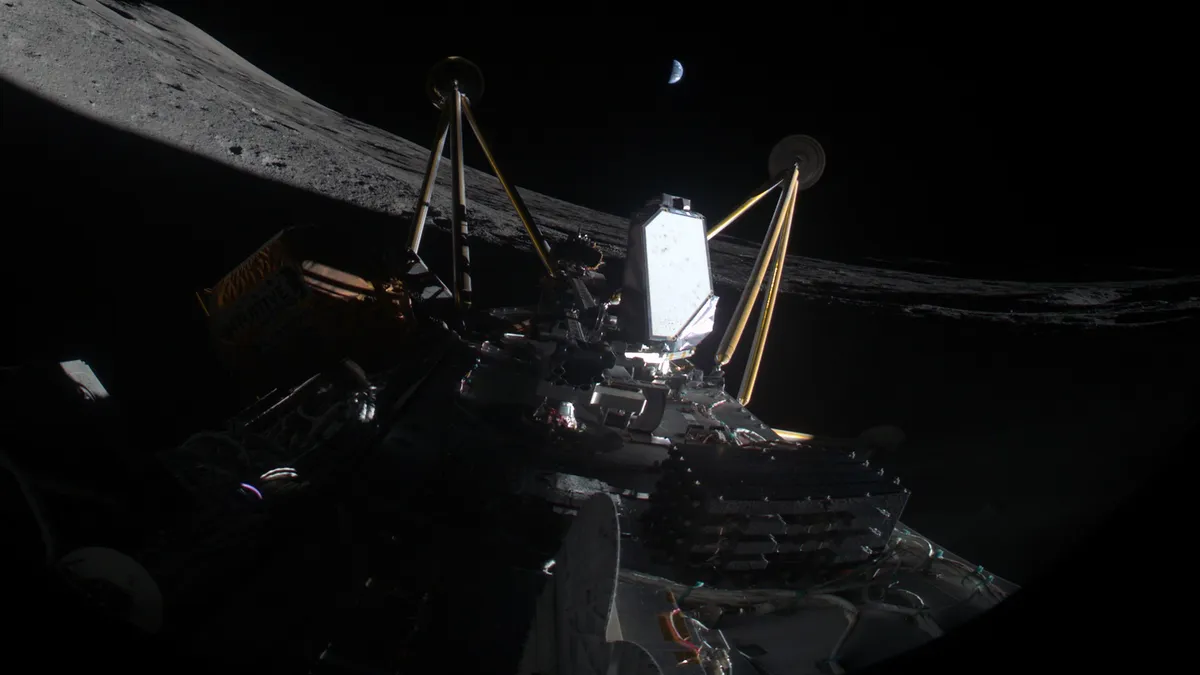Japan launched a lunar exploration spacecraft on Thursday aboard a homegrown H-IIA rocket, hoping to become the world’s fifth country to land on the Moon — but their mission is significant for another reason.
Dubbed the “moon sniper”, Japan aims to land the Smart Lander for Investigating Moon (SLIM) within 100 metres of its target site on the lunar surface — significantly more precise than the usual landing range of several kilometres.
If the landing is successful, it could significantly advance the space race. Here’s what you need to know:
When is the spacecraft expected to land?
The $US100 million ($156 million) mission is expected to start the landing by February after a long, fuel-efficient approach trajectory.
Watched by 35,000 people online, the H-IIA rocket lifted off early Thursday from the southern island of Tanegashima carrying the lander.
Thirteen minutes after the launch, the rocket put into orbit around Earth a satellite called the X-Ray Imaging and Spectroscopy Mission, or XRISM, which will measure the speed and makeup of what lies between galaxies.
Hours after launch on Thursday, Japan Aerospace Exploration Agency (JAXA) said it picked up signals from SLIM showing it was operating normally.
Why is the landing significant?
Simply put, the aim of the SLIM is to land where is planned as opposed to where it is easy.
Japan’s ‘Moon sniper’ to test precision landing
“The big objective of SLIM is to prove the high-accuracy landing … to achieve ‘landing where we want’ on the lunar surface, rather than ‘landing where we can’,” JAXA President Hiroshi Yamakawa told a news conference.
“By achieving this, it will become possible to land on planets even more resource-scarce than the Moon.”
The agency added there were no previous instances of pinpoint landing on celestial bodies with significant gravity such as the Moon.
NASA says pinpointing landing sites would allow exploration in previously hazardous locations and enable advanced supply missions to a single location.
David Alexander, director of the Rice Space Institute at Rice University, believes the mission is significant for delivering insight into the properties of hot plasma, or the superheated matter that makes up much of the universe.
Plasmas have the potential to be used in various ways, including healing wounds, making computer chips and cleaning the environment.
“Understanding the distribution of this hot plasma in space and time, as well as its dynamical motion, will shed light on diverse phenomena such as black holes, the evolution of chemical elements in the universe and the formation of galactic clusters,” Mr Alexander said.
How does landing area compare to previous missions?
Typically, when a spacecraft landing is planned, an area dubbed a “landing eclipse” is zoned to allow for enough space to land safely.
The first mission to put humans on the Moon, Apollo 11, had an area of 17.7 kilometres by 4.8km.
Decades later, NASA put the Curiosity Rover on Mars with an ellipse of 19.3 km by 6.4 km.
Both of these examples are significantly larger than what JAXA is aiming for.
The launch also comes two weeks after India became the fourth nation to successfully land a spacecraft on the Moon with its Chandrayaan-3 mission to the unexplored lunar south pole.
Around the same time, Russia’s Luna-25 lander crashed while approaching the Moon.
What technology is JAXA using?
The SLIM will be relying on high-resolution images of the Moon captured by past missions to compare with real-time images and land precisely.
Its primary goal is to test advanced optical and image processing technology.
The lander is also equipped with a spherical probe that was developed with a toy company.
Slightly bigger than a tennis ball, it can change its shape to move on the lunar surface.
How have Japan’s past space attempts gone?
Not great. This is the nation’s third attempt to reach the Moon.
Private Moon landing likely to have failed
Last year, Japan sent up Omotenashi, the world’s smallest lunar probe the size of a backpack, as part of the United States’ Artemis 1 mission — but they lost it.
And in April, Japanese startup ispace failed in an ambitious attempt to become the first private company to land on the Moon, losing communication with its craft after what it described as a “hard landing”.
Japan has also had problems with its launch rockets, with failures after lift-off of the next-generation H3 in March and the normally reliable solid-fuel Epsilon last October.
In July, the test of an Epsilon S rocket, an improved version of the Epsilon, ended in an explosion 50 seconds after ignition.
ABC/Wires



